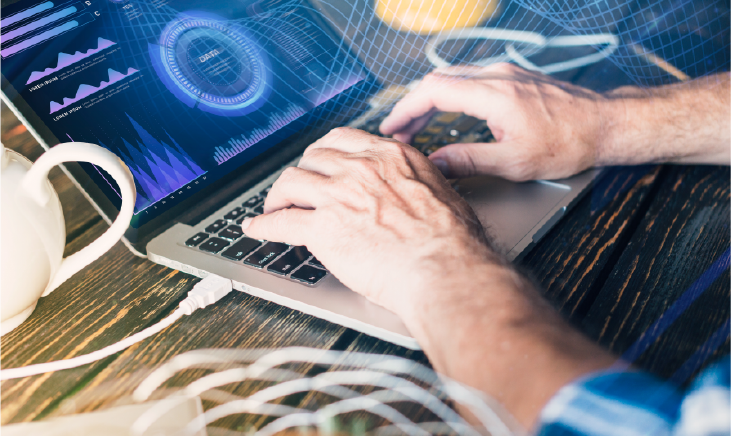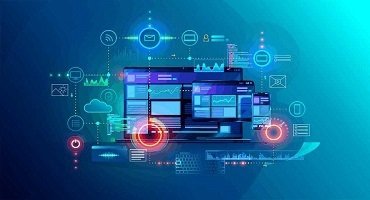
The foundations of computer systems encompass the fundamental concepts and principles that underpin the design, functionality, and operation of computer systems. This area of study includes understanding hardware components, software systems, operating systems, and the interaction between them. It provides a comprehensive understanding of how computers work from the ground up.
- Central Processing Unit (CPU): The brain of the computer that performs instructions defined by software.
- Memory (RAM and ROM): RAM (Random Access Memory) is volatile memory used for temporary storage during processing, while ROM (Read-Only Memory) is non-volatile and stores essential firmware.
Overview
Understanding Technology: Provides a deep understanding of how computers and software work, essential for anyone pursuing a career in computer science or related fields.
Problem-Solving Skills: Equips individuals with the knowledge to diagnose and solve technical problems efficiently.
Innovation: Fundamental knowledge allows for the innovation and improvement of existing technologies and the development of new ones.
Optimization: Helps in optimizing the performance of computer systems, from hardware configurations to software algorithms.
Security Awareness: Essential for implementing and maintaining secure systems to protect data and resources.

